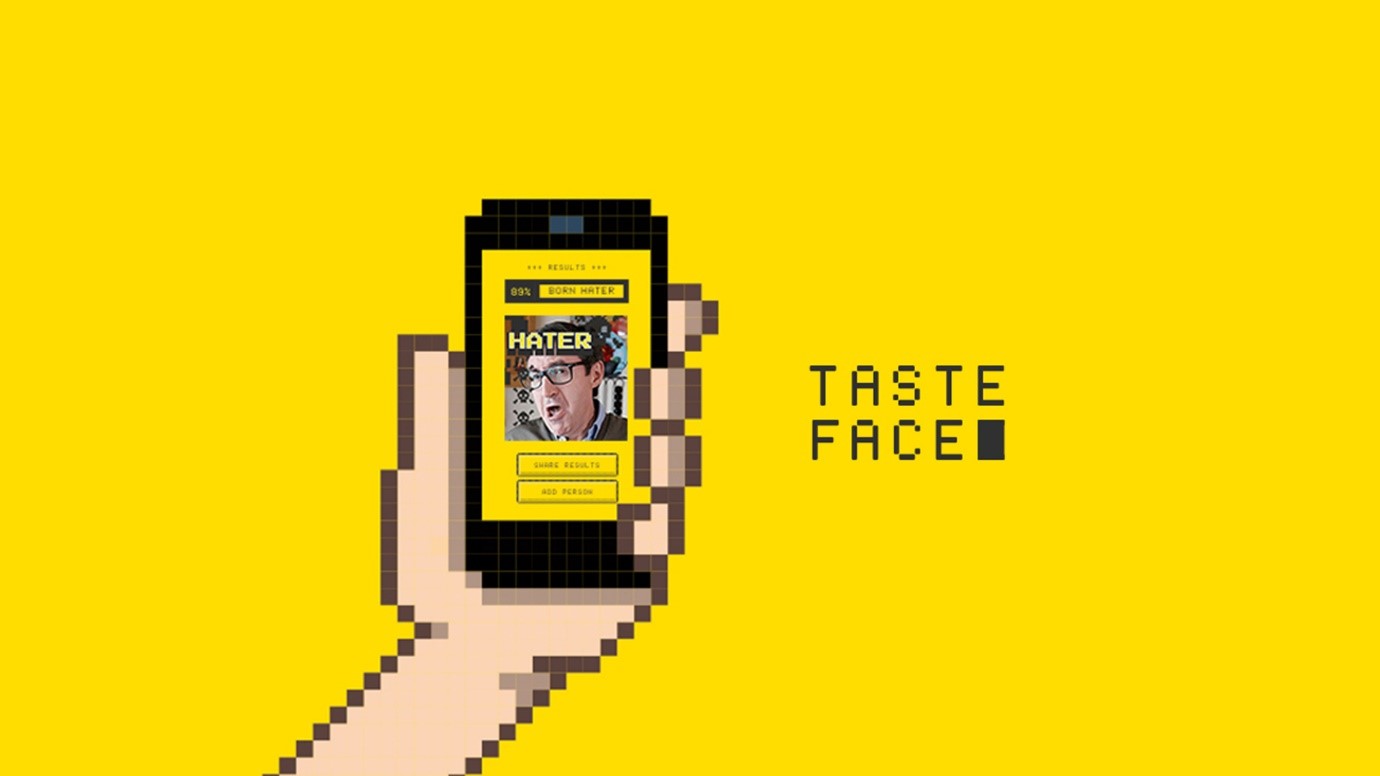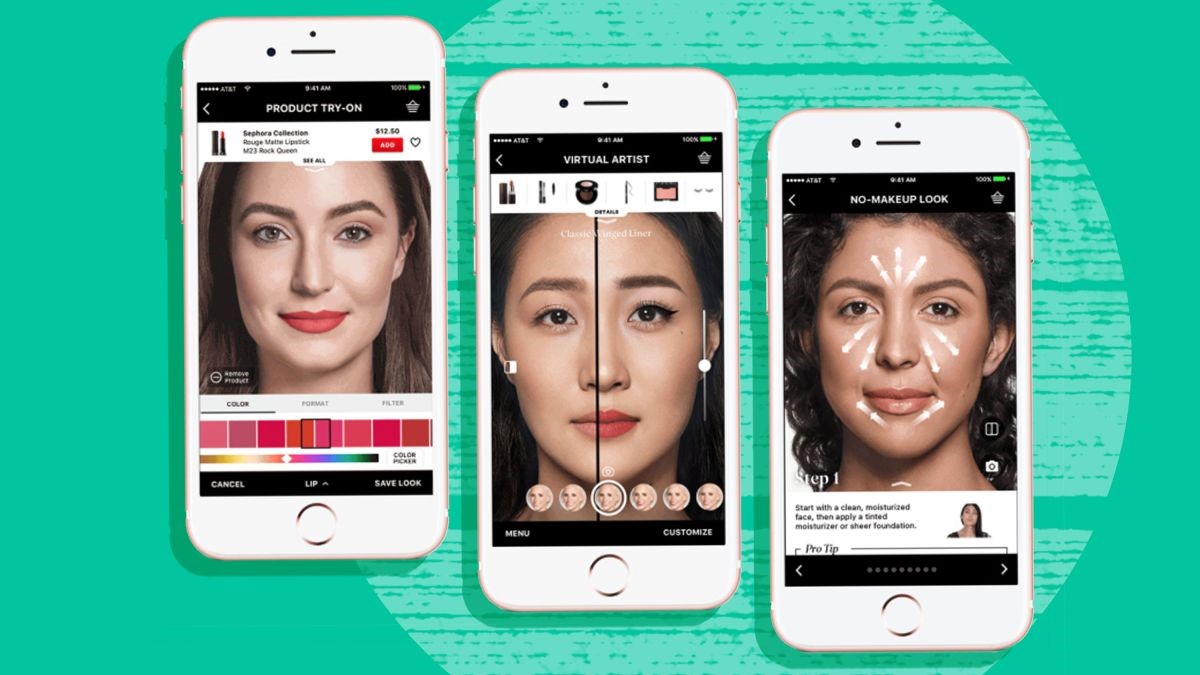


Creating awesome customer experiences with pre-built AI services

Artificial intelligence. AI. Incredibly smart and hard to do, right? Well, I’m here to tell you different.
I am a web developer, not a data scientist, yet over the last few years I have been able to use conversational AI, machine learning models and object detection to deliver exciting and impactful projects for a range of clients, with almost no formal training!
Now, while the rise of things like smart assistants and other emerging tech has seen AI thrust into the limelight, it has of course been around for years. In fact, when we consider things such as auto-correct and spellchecker, you realise that you haven’t just adjusted to a world with AI, you actually couldn’t live without it!
This kind of AI has given the population a certain level of expected intelligence. And so, while most out-of-the-box functionality will usually only give you the stuff that you or your end user will take for granted, I want to throw in some ideas of how to use it cleverly to your advantage.
Face
Face services are my first, and most prominent, example of using an out-of-the-box AI service with your product. In fact, there’s a good chance that you’ll already be very familiar with the example I’m about to cover, especially if you’ve ever looked into AI (or are partial to yeast-based spreads). I am of course talking about Marmite’s ‘TasteFace’ app, built using Microsoft’s Cognitive Face service and emotion recognition.

As with many of the best ideas, it’s also incredibly simple. The app allows users to take a picture, which it then gives the emotion recognition treatment and sends a a response. That’s it. They didn’t have to create a database of marmite lovers and haters and they didn’t have to create a massive database library to use for a machine learning model. They didn’t have to, because Microsoft already had. And the PR and social engagement this generated for Marmite was incredible.
So, how can we apply this concept to your brand? Well, why not revolutionize how you gather feedback about your product? Rather than pester them with post-purchase emails begging for feedback or reviews, why not give them the chance to show you how your product makes them feel? As well as vital feedback, this unique approach will boost engagement and affinity amongst your customers, and in the wake of Covid-19, using technology to engage customers in new ways is going to be vital.
And, while we’re on the subject of the face, the face detection API in Microsoft’s Cognitive Services suite can give you so much detail straigh out of the box. It can identify if the face is wearing eye makeup or lipstick, whether you’re smiling, if you have glasses, what your hair colours is and much more. For health and beauty brands in particular, it isn’t hard to see the potential of this sort of simple AI functionality.
Augmented Reality
I am not an expert in AR, but that doesn’t make it impossible for me to create something. In fact, take something like Facebook’s SparkAR tool which allows you to create a new filter for Instagram or Facebook. Granted, you will still have to learn a bit, but the beauty of Spark is that it’s open to anyone and there are plenty of tutorials and materials available online to help you.
As we mentioned above, the world in the wake of COVID-19 is very different. The ability to engage users at home and online is going to be crucial. And while fun filters certainly tick the engagement box, they might not necessarily drive sales. But this is where they beauty industry is really making waves. They’ve taken the concept of the AR filter and run with it, giving users the ability to ‘try on’ products. In fact, as we wrote in this blog earlier this year, even Amazon has got in on the act here.

So, taking SparkAR as our example, you can simply create a “face mesh” and put a colour over the top. What better way to try a foundation or lipstick before deciding it’s the right shade for you? With many countries and cities still locked down, this becomes a valuable new tool in a retailers arsenal.
Conversational AI & ChATBOTS

Let’s begin by talking about HelloAva, a brilliant personal assistant that helps consumers decide the type of skincare product they need based on their skin tone, areas of concern, other brands they like, etc.
Now, while HelloAva has been fueled with lots of data, it doesn’t mean you can’t get to that stage yourself. Thanks to products like Microsoft’s Cognitive Services, you can formulate an app/website or chatbot without a huge amount of complex Machine Learning, through things like LUIS (Language Understanding) , QNA Maker, Text to Speech and Speech to Text.
Language Understanding is Microsoft’s service to help understand the intent of a sentence provided by a user, for example, “What’s the weather today in London?” would be understood by the service as a ‘requesting weather’ intent that specifies an entity: London. The QNA Maker is a service that allows you to easily link up this service with a website’s FAQ page, or simply start with an empty one where you build it yourself. This means you’re quickly setup for responses to common questions, and even allows you to add some “chitchat” options and responses for more generic things like “Hi, how are you?”
Thanks to these you can add an AI aspect to your app/website/chatbot that is fed by FAQs and content you already have available and has a generic personality of response (thanks to the chitchat options). You can even reply to users with a voice response using a ‘custom voice choice’, great for customers who want to chat or type hands free. Once people are engaging and interacting with your interface, you’re then in a position to setup a feedback loop (that’s the learning part) to improve the quality and accuracy of responses and information, and start gathering your own data to become the next HelloAva!
I’ve only a few key technologies here, but there are so many others, with huge potential. My advice is to just do your research and see what’s out there (or better yet ask someone to help you (figure out what’s best). There is a lot of accessible AI, and while it can seem daunting or perhaps not worth your time, hopefully I’ve shown you that it really is worth the effort. In fact, the customer base is getting to a stage where it’s expecting AI to be in everything. And more than that, it wants it to be fun!
The time is now to have a brainstorm, to start thinking outside of the box, get your sci-fi on. After you’ve thrown around some crazy ideas, talk to us or any of your tech-focused friends or colleagues – you might find that your crazy idea might just be as simple as an app that takes a photo, sends it to an API and then presents the score in an attractive way. So, start getting creative with tech!
Posted 11 November 2020 by Arthur Gaff